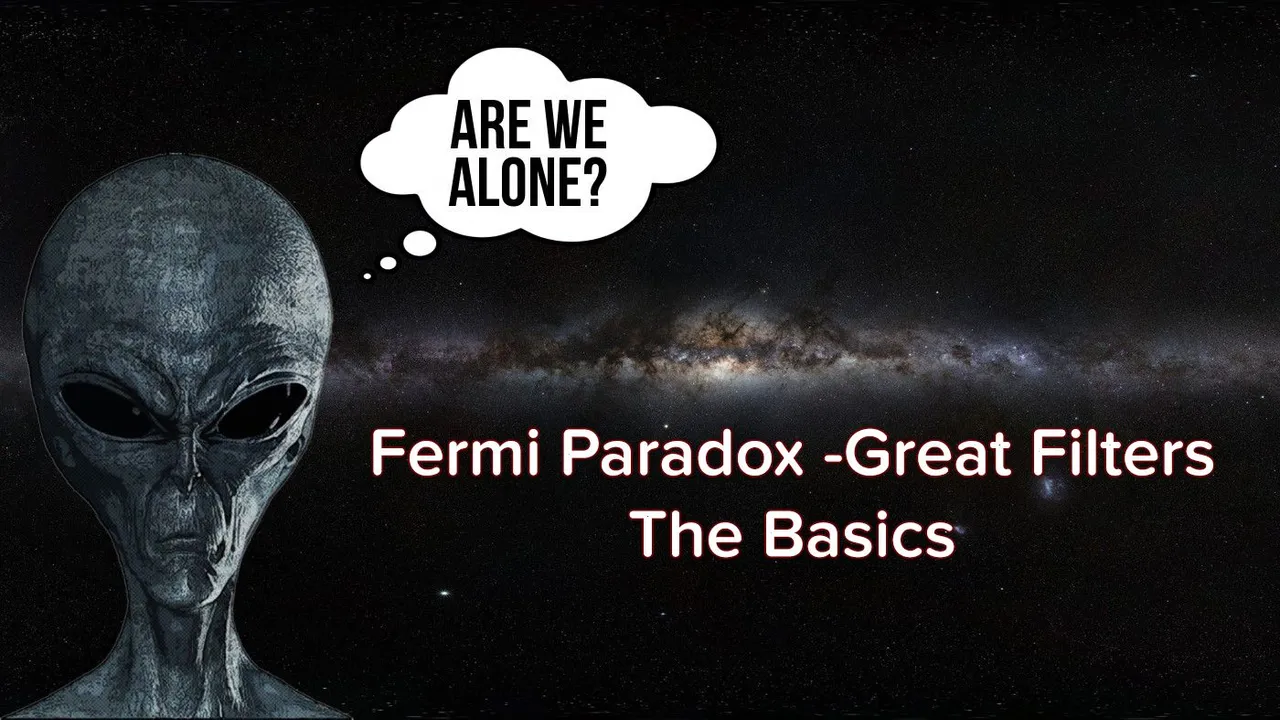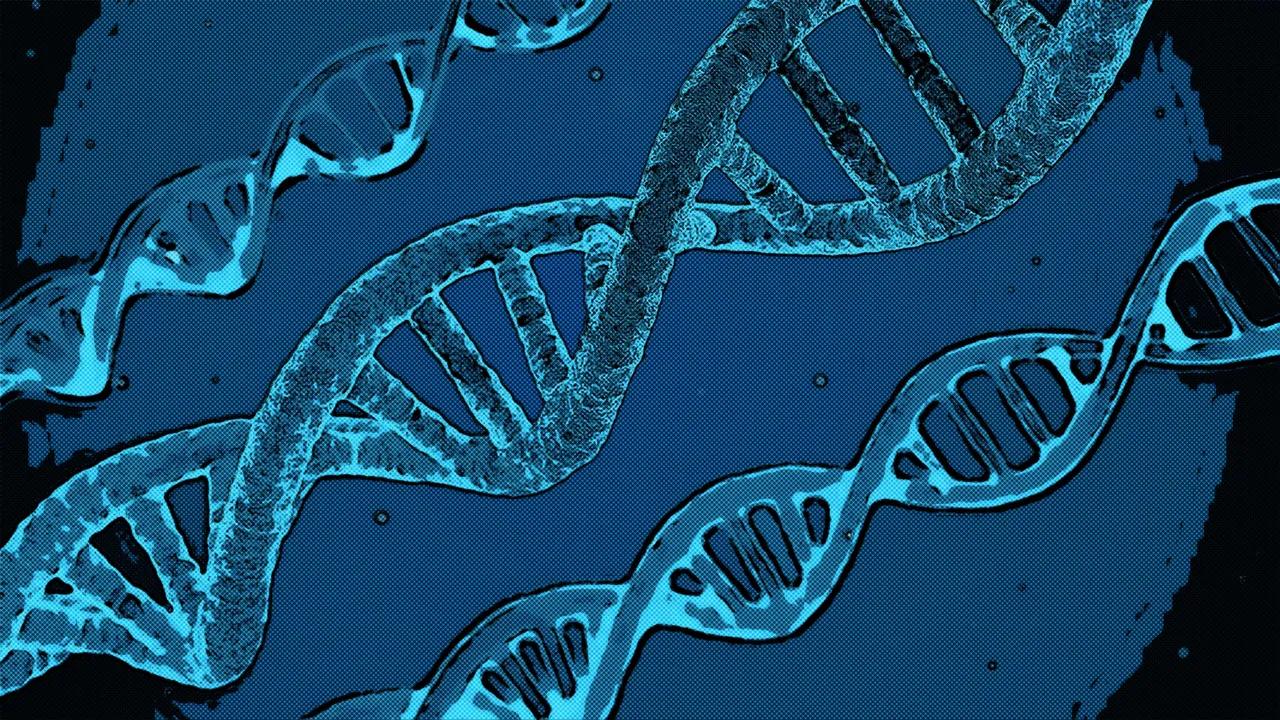The Fermi Paradox is one of the most interesting questions in current science. Named after Enrico Fermi, a well known Italian physicist and it essentially is just a simple question – Where is everyone in our universe?

What is the Fermi Paradox?
As already stated the Fermi Paradox can be simplified into a very simple question – Where is everyone in our universe? - but that question alone doesn’t really convey what exactly is the Fermi Paradox really saying. The real question is this: Based on the facts that our universe is relatively old, the amounts of planets are almost inconceivable and the way probability and statistics work – why haven’t we found any concrete evidence that alien civilizations exist.
Over time there have been many attempts to explain the Fermi Paradox – ranging from the simple possibility that life is much rarer than we expect it to be, going through possible reasons why alien life forms might choose not to be found up to the unlikely possibility that we are actually the only intelligent species existing in our universe. And within this series, we will take a deeper look at one of these possible explanations – the Great Filter theory.
What is the Great Filters theory?
The Great Filters theory essentially states that the process of becoming an advanced technological civilization is much harder than we presume it to be, as there are barriers along the way from a “simple” self-replicating molecule to a civilization that would have an impact on a scale we would be able to detect. And this theory was first proposed in an essay “The Great Filter – Are We Almost Past It?” by Robin Hanson and it also got its name from the same essay.
In this series, we will take a look at several theoretical Filters and try to designate a plausible probability for them. I want to heavily stress that I don’t actually know the values of these probabilities. They will all be just guesses and I might be way too optimistic or way too pessimistic with any of them. That’s why I will also be including a simplified version where each of the Filters will be assigned with either a 1 in 10, 1 in 1 000 and 1 in 1 000 000 million probability based on how effective I think the Filter might be.
The filters we will take a look at are these:
The right star system
Where we will look at the possible barriers star systems themselves might pose.The creation of life
Where we will look at the possible barriers life itself might be facing.The creation of intelligence
Where we will look at the possible barriers that might prevent intelligence from emerging.The creation of technological civilization
Where we will look at the possible barriers that might stop intelligent species from creating complex technologyThe expansion
Where we will look at the possible barriers technological civilization might face when trying to expand into space and the universeOutside threats
Where we will look at the possible barriers coming from sources outside of the planet
There is one more thing I need to address in this first introductory post to this series. We will be focusing only on carbon based life forms.

Why is carbon important?
There are two main reasons why we will focus only on carbon based life forms. One of them is fairly scientific and the other one isn’t that much and we will address the less scientific one first
Our knowledge is limited to carbon based life forms
Yes, this a very Earth-centric point of view, but what you need to remember that we base our scientific theories on what we already know and expand on that. And because we don’t know of any life forms that don’t use carbon as their base element we are going to focus on carbon based ones.
Luckily the second reason is much more scientific
Carbon has several very unique properties making it very likely to be used as the base of life even in alien environments
Thanks to the facts that carbon can create up to four bonds, these bonds can be very versatile (thus allowing the pairing with a multitude of different elements) and the fact that the C-C bond is one of the most stable bonds which exist all contribute to the fact that carbon is just the ideal element to create very long complex molecules needed for the creation of life.
Just to quickly mention the other proposed elements on which life can be based:
Silicon – Carbons bigger brother, but he has a few disadvantages. The Si-Si bond is much less stable, resulting in a lot more crystallization instead of long complex molecules. Also, its compounds are far less soluble and often solid at “normal” temperatures resulting in chemical reactions happening more slowly.
So we can propose that silicon based life would probably need to exist at much higher temperatures, otherwise, its development and potential “lifestyle” would be just too slow for a creation of life or technological civilizations. And the most likely source of warmth is a star that provides this heat. But if you get more heat you also get more radiation making the development and evolution of life that much harder.
Boron - A much less often used element in theories about potential building blocks of life, but still an intriguing one. It has pretty much the opposite problem of silicon – it strongly reacts with most of the common elements we consider vital for life. Also instead of water, the liquid needed for these life forms would likely be ammonia and for that to be a liquid, the temperatures need to be much lower.
So if we would consider boron based life, it would likely exist on a planet with temperatures much lower than what we are used to. Lower temperatures mean less energy and less energy translates in a much slower lifestyle and evolution, making boron based life either likely to stay only as very simple life forms or life forms that don’t have the spare energy to develop intelligence because every single bit of energy is used for survival.
In the next episode we will take a look at what barriers may the star system itself pose to the creation of live and advanced technological civilizations.